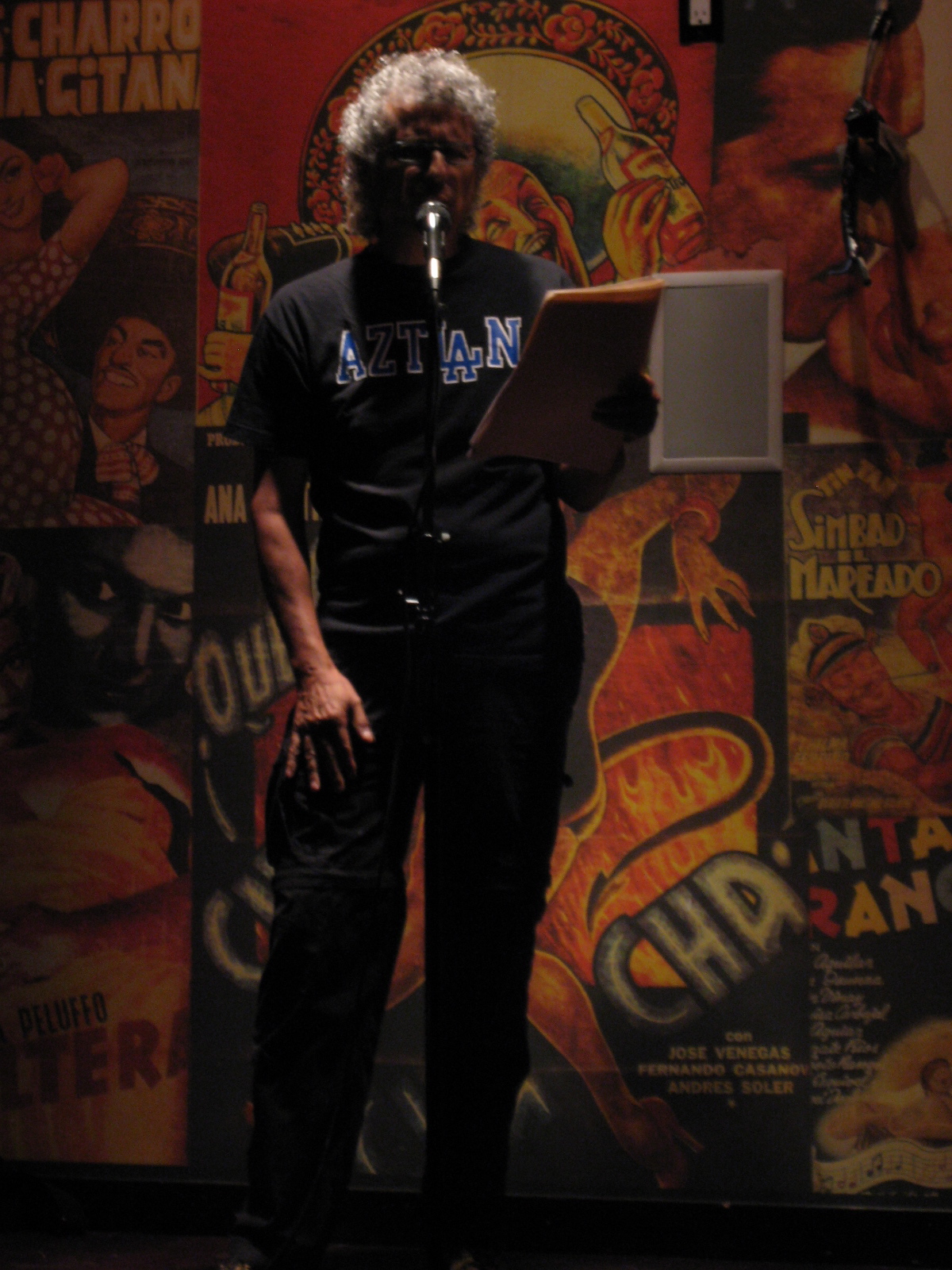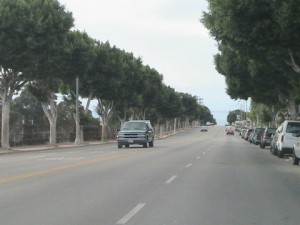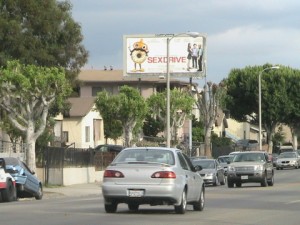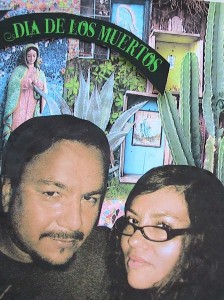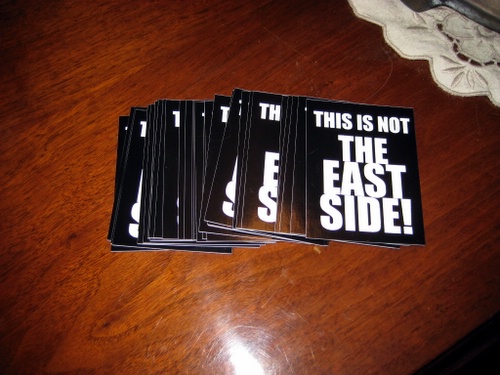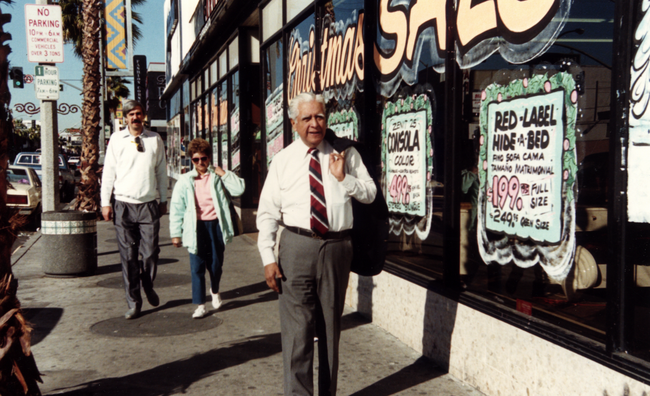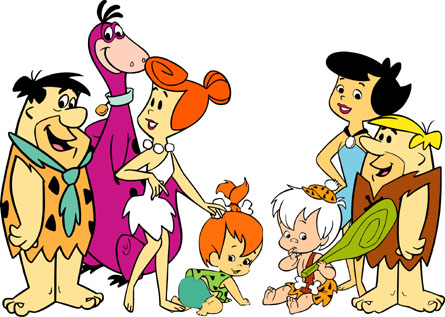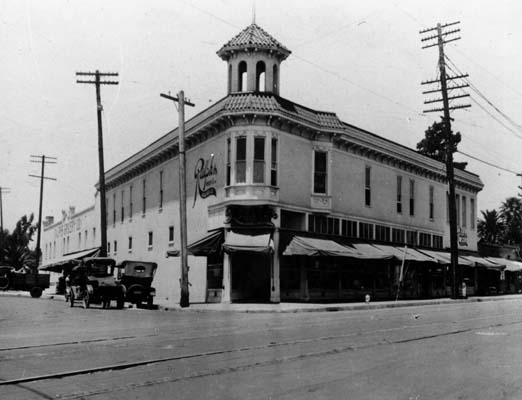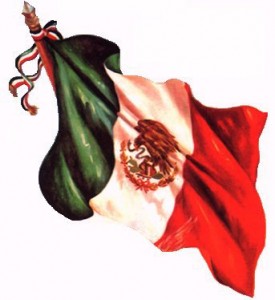
It used to be called the Westside – my grandmother at Echo Park Lake, 1957.
This Saturday the 3rd annual LA as Subject Archives Bazaar will be taking place at the USC Davidson-Conference Center. I’m sure you can find an old-timer there that will corroborate my statement above, as well as inform you of thousands of other historic facts about this great city of ours. I’ve attended every year and often discover new sources for research and different perspectives on our city’s history.
More on the bazaar:
What Is L.A. as Subject?
Hosted by the USC Libraries, L.A. as Subject is an alliance of research archives, libraries, and collections dedicated to preserving the rich history of the Los Angeles region. L.A. as Subject is working to increase the visibility of local archives and improve access to them for students, researchers, K-12 educators, and everyone else with a stake in Southern California history. L.A. as Subject promotes tools and mentoring to help its members with everything from preserving and cataloging materials in their collections to fundraising and public outreach.
To support this mission, L.A. as Subject organizes an annual Archives Bazaar and bimonthly Archives Forum. These events raise public interest in local history while providing opportunities for educators, community archivists, librarians, and historians to share ideas and help one another preserve the L.A. region’s diverse cultural heritage. The research alliance publishes an online directory of 288 local archives–organized by topic–guiding students, researchers, and the public to resources that can help them explore the complex subject that is Los Angeles.
Building on the USC Libraries’ commitment to preserving Southern California and Los Angeles history, L.A. as Subject is developing a variety of new resources to support L.A.-area historical collections and strengthen the involvement of local communities.
Book signings by Jonathan Gold, Jervey Tervalon, William Estrada, J. Michael Walker, Carina Monica Montoya and Icy Smith.
Film Screenings: Chicano Rock!, Chinatown Remembered, The Eastsiders and The New Los Angeles.
See you there!
Just added: Schedule—->>>
Continue reading

